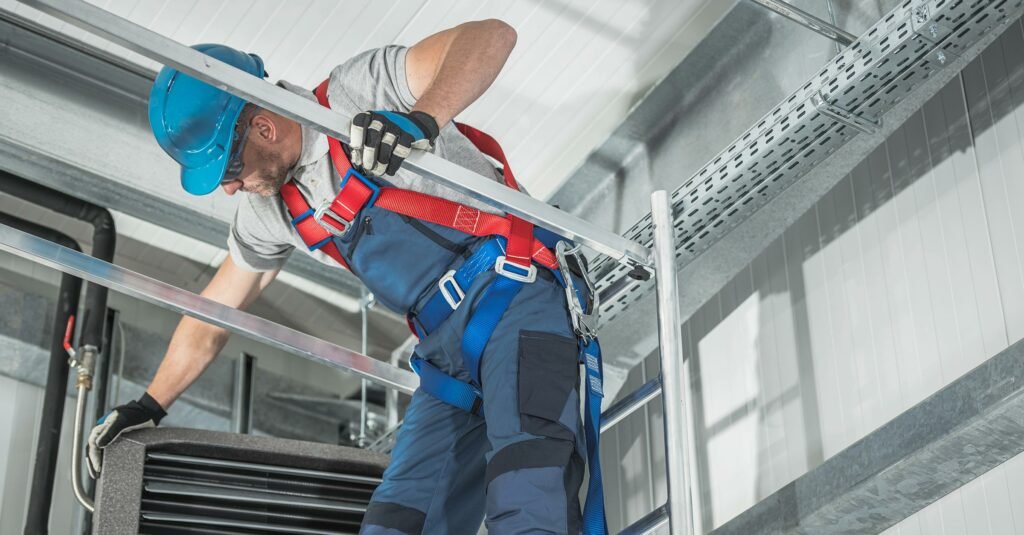Indoor Air Quality – can UV sterilisation play a greater part?
Indoor Air Quality (IAQ) has been a subject of great discussion on various BESA and CIBSE forums over the past year and with good reason. With so much debate over what the return to the workplace will look like in a COVID-19 world, there is the need for adjustments across the board. Amongst the topics under discussion is the role that UV irradiation or UVGI (ultraviolet germicidal Irradiance) can play in improving air handling in the workplace environment.
Highly effective
UV sterilisation should play an even greater part in the building services indoor air quality arsenal because it is highly effective. High-power UV systems prevent microbial growth in HVAC ducts and on evaporator coils. Left unchecked, these areas accumulate biofilms that impede the smooth flow of air and reduce the efficiency of heat transfer. A biofilm layer only 0.5 mm thick on cooling coils can reduce system efficiency by more than 20 percent.
Advances in surface technology improve UV reflectivity performance
The key to UV air sterilisation success is in maximising the probability of a UV photon interacting with – and neutralising – a bacterial cell or virus particle. To this end, equipment designers want to incorporate the most efficient reflectors into UV sterilisation machinery, to create multiple chances for UV photons to hit their target.
Alanod achieves over 90% UV light reflection
Although conventional anodised aluminium surfaces reflect more than 80% of incident light at UV wavelengths, Alanod has developed a surface preparation approach to fine tune the performance of the surface layer of aluminium. The end result is MIRO® UV-C, that is designed to deliver a peak of well over 90% at the 250nm wavelength.
Why is MIRO® UV-C so effective?
When UV light hits an anodised surface, part of the light is reflected from the material’s oxide layer and part is reflected from the pure aluminium beneath the anodised surface. Those two reflections interact, effectively boosting reflectivity at some wavelengths and reducing it at others.
Using conventional surface treatment techniques this interference effect is impossible to control. However, by adopting a process that energises plasma to deposit material onto the aluminium surface at lower temperatures than conventional physical vapor deposition methods, it is possible to have a precisely controlled silicon oxide layer.
Using a plasma-enhanced chemical vapour deposition (PECVD) process, Alanod is now able to offer a UV-reflective material – MIRO® UV-C – that is powerful, durable and versatile.
Alanod’s MIRO® UV-C
Can be finetuned to specific UV wavelengths – Due to the 100nm thick surface on top of a very pure aluminium reflective layer on the base material, the performance of Alanod’s MIRO® UV-C products can be finetuned to specific UV wavelengths.
Is highly durable – PECVD technology offers another major advantage for the production of UV-reflective materials: greatly enhanced durability. In intensive tests in a high temperature, high humidity environment, MIRO® UV exhibited a change in reflectivity of less than 1 percent after 1000 hours.
Extremely versatile – The material can be delivered either with a polished mirror-like surface for applications requiring precise control of the angles of reflection, or a matt finish that improves the distribution of reflected light in HVAC ducts and other similar applications. The substrate is aluminium and so can be easily recycled when replaced.
Thanks to developments such as MIRO® UV, the role that UV sterilisation can play in improving indoor air quality is only just beginning to be realised.
Why not find out more about how MIRO® UV could take improve your workplace UV air sterilisation systems?

